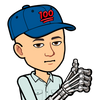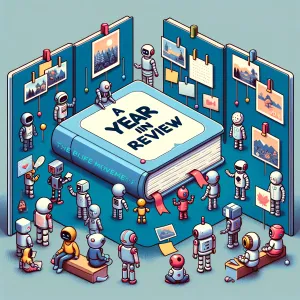In healthcare, AI helps in analyzing medical images with precision, aiding in early diagnosis and treatment planning. In retail, it enhances customer experiences through personalized recommendations. In transportation, AI facilitates autonomous driving by interpreting road conditions. Security applications benefit from improved surveillance and threat detection, making environments safer for everyone.
Understanding Computer Vision
This video gives you a five minutes explanation of “how things work” in computer vision but the the joy and complexity is in the details.
Understanding Computer Vision
At its core, computer vision combines AI, machine learning, and image processing to enable machines to "see" and understand visual information.
Much like the human brain processes what the eyes perceive, computer vision systems analyze images or videos to identify patterns, objects, or even text. This process involves several critical steps: capturing visual data through cameras or sensors, enhancing image quality by removing noise, extracting key features like edges or shapes, interpreting those features to recognize elements, and finally making decisions based on the analysis.
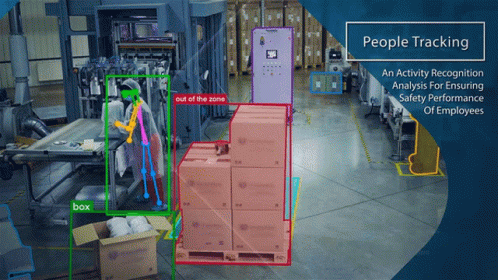
This technology’s ability to extract meaningful insights from visual data has made it indispensable across sectors. Whether it’s detecting tumors in medical scans or enabling self-driving cars to navigate roads, computer vision is reshaping how we interact with the world.
The Evolution of Image Recognition
The journey of image recognition, a key component of computer vision, is a story of remarkable progress. In its early days, image recognition relied on traditional techniques like edge detection and template matching. These methods required experts to manually define features, a labor-intensive process that often faltered under varying conditions like changes in lighting or object orientation.
The game-changer came with deep learning, particularly convolutional neural networks (CNNs). Inspired by the human visual cortex, CNNs automatically learn hierarchical features from raw pixel data, eliminating the need for manual intervention.

This breakthrough dramatically improved accuracy and robustness. A pivotal moment was the creation of ImageNet, a massive visual database that fueled research and showcased deep learning’s potential through annual challenges. These advancements laid the foundation for today’s sophisticated image recognition systems, capable of tackling complex tasks with unprecedented precision.
Key Technologies Driving Computer Vision
- Convolutional Neural Networks (CNNs) form the backbone of image recognition. These multi-layered networks learn to identify everything from simple edges to intricate textures, making them ideal for tasks like object detection and facial recognition.
- Generative Adversarial Networks (GANs) introduce creativity to the field. By pitting two neural networks—a generator and a discriminator—against each other, GANs produce realistic synthetic images, enhance low-resolution visuals, or even translate images across styles.
- Recurrent Neural Networks (RNNs), particularly those with Long Short-Term Memory (LSTM) units, excel at processing sequential data, such as analyzing video frames or generating captions for images.
- Transfer Learning accelerates development by repurposing pre-trained models. This approach allows developers to build robust systems with limited data, making computer vision more accessible.
These technologies, bolstered by powerful hardware like GPUs and techniques like data augmentation, continue to push the boundaries of what computer vision can achieve.
Real-World Applications of Computer Vision
Computer vision’s versatility shines through its diverse applications, each demonstrating its transformative potential.
Healthcare: Precision and Personalization
In healthcare, computer vision is revolutionizing diagnostics and treatment. AI-powered algorithms analyze medical images—X-rays, MRIs, CT scans—with pinpoint accuracy, detecting early signs of diseases like cancer or cardiovascular conditions.
For instance, these systems can spot tumors or fractures that might escape the human eye, enabling timely interventions.
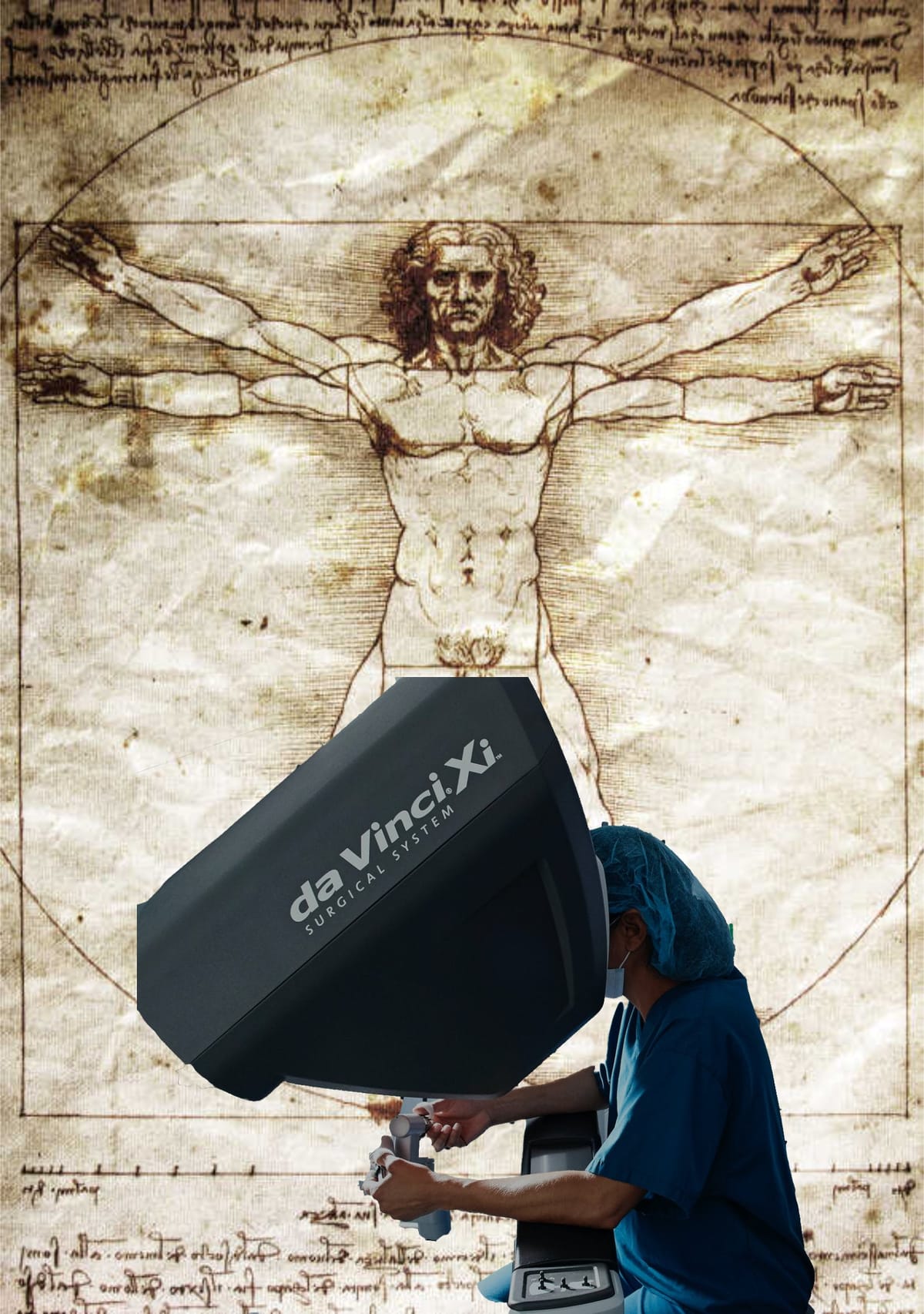
Surgical robots, guided by real-time visual feedback, perform minimally invasive procedures with unmatched precision. Beyond diagnostics, computer vision monitors disease progression and tailors treatments to individual patients, ushering in an era of personalized medicine.
Retail: Enhancing the Customer Experience
Retail has embraced computer vision to streamline operations and delight customers. Automated checkout systems, like those in Amazon Go stores, use cameras to track items as shoppers pick them up, eliminating the need for cashiers. Visual search tools allow customers to upload images and find similar products instantly, enhancing the shopping experience. Retailers also leverage computer vision to manage inventory, monitor stock levels, and analyze shopper behavior through video feeds, optimizing store layouts and marketing strategies.
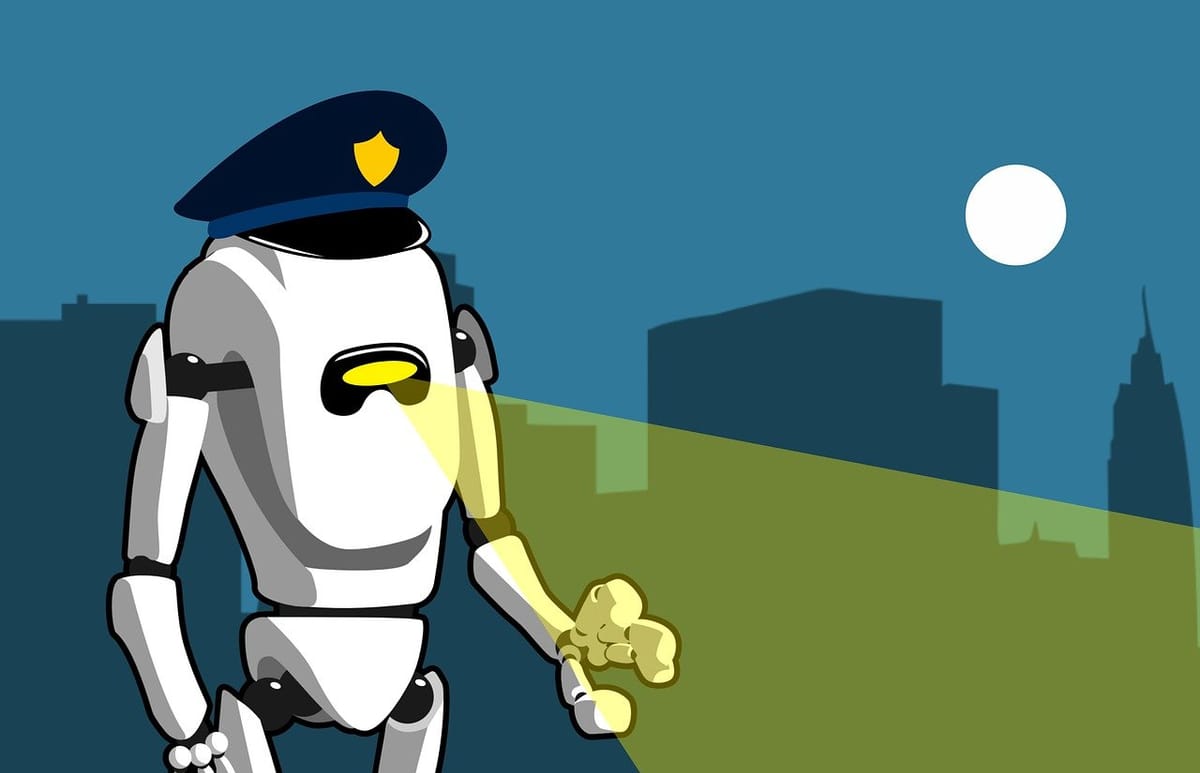
Security and Surveillance: Safer Environments
Security systems rely heavily on computer vision to protect public and private spaces. Facial recognition technology, used in airports and border control, identifies individuals by cross-referencing images with vast databases. Real-time video analysis flags suspicious activities, such as unattended bags or loitering, alerting security personnel instantly. Access control systems verify authorized personnel, ensuring only the right people enter secure areas. These advancements make environments safer and more efficient.

Autonomous Vehicles: Navigating the Future
Self-driving cars depend on computer vision to interpret their surroundings. Advanced algorithms detect pedestrians, traffic signs, and other vehicles, enabling safe navigation. Lane detection ensures vehicles stay on course, while traffic sign recognition helps them obey rules. By processing visual data in real time, autonomous vehicles are paving the way for safer, more efficient transportation.
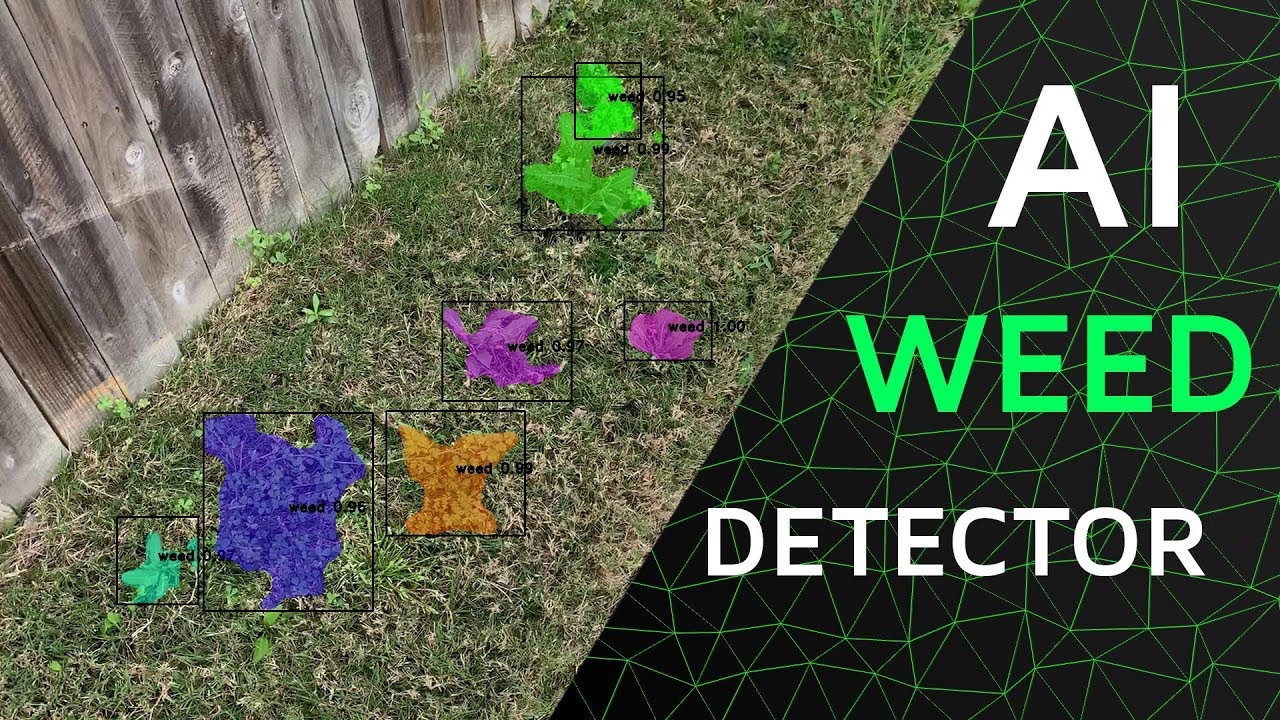
Agriculture: Precision Farming
In agriculture, computer vision empowers precision farming. Drones equipped with image recognition monitor crop health, detect pests, and assess soil conditions. By analyzing high-resolution field images, farmers make data-driven decisions to optimize yields. Early pest detection enables targeted interventions, while growth pattern analysis predicts crop yields, aiding resource planning.

Manufacturing: Quality and Efficiency
Manufacturing benefits from computer vision through automated quality control. Image recognition systems inspect products on assembly lines, identifying defects like cracks or misalignments with precision. These systems also verify correct component assembly, reducing errors. Robotic arms, guided by visual data, perform intricate tasks, boosting efficiency and reducing reliance on human labor.
Entertainment and Media: Creative Innovation
In entertainment, computer vision fuels creativity and engagement. Generative adversarial networks (GANs) produce stunning special effects and CGI for films and TV. Social media platforms use facial recognition to tag users in photos and videos, while AI moderates content to maintain community standards. By analyzing viewing habits, platforms like YouTube recommend personalized content, keeping users engaged.
Challenges Facing Computer Vision
While computer vision has made incredible strides, it faces challenges that require ongoing innovation:
- Data Privacy and Ethics: The proliferation of cameras raises concerns about consent and data misuse. Robust encryption and ethical guidelines are critical to protect privacy, especially in public spaces where facial recognition is deployed.
- Robustness Across Conditions: Models must perform reliably despite variations in lighting, weather, or object orientation. Overcoming occlusions and ensuring generalization in diverse scenarios remain key hurdles.
- Explainability: Many deep learning models operate as “black boxes,” making their decisions hard to interpret. Developing transparent models is essential, particularly for high-stakes applications like healthcare or autonomous driving.
- Bias and Fairness: Biases in training data can lead to unfair outcomes. Ensuring diverse datasets and developing techniques to detect and mitigate bias are crucial for equitable systems.
- Real-Time Processing: Applications like autonomous driving demand rapid processing. Optimizing algorithms and hardware for speed without sacrificing accuracy is a priority, especially for resource-constrained devices.
The Future of Computer Vision
The future of computer vision holds immense promise, driven by emerging trends:
- Advanced AI Architectures: Next-generation models will be more efficient and interpretable, building trust in critical applications.
- Integration with Other Technologies: Combining computer vision with natural language processing or robotics will create versatile systems, such as virtual assistants that understand visual cues.
- Ethical AI Frameworks: Comprehensive guidelines will ensure responsible use, balancing innovation with privacy and fairness.
- Human-AI Collaboration: AI will augment human expertise, from assisting doctors in diagnostics to personalizing education.
- Open-Source Innovation: Community-driven projects will democratize access, fostering rapid advancements through shared knowledge.
Industry Highlights and Innovations
Recent developments underscore computer vision’s growing influence:
- ElevenLabs’ Iconic Voices: By recreating voices of legends like Judy Garland, ElevenLabs enables unique AI-driven narrations, showcasing computer vision’s creative potential.
- Apple and OpenAI Partnership: Apple’s integration of ChatGPT into Siri, guided by Phil Schiller’s role on OpenAI’s board, highlights the synergy between computer vision and AI.
- RunwayML’s Gen-3: A $450M investment powers this advanced AI model, balancing cutting-edge image generation with high operational costs.
Tech influencer Robert Scoble, a prominent voice on X and Medium, emphasizes computer vision’s transformative impact. From spatial computing to large-scale image recognition using Transformers, his insights highlight the field’s exciting trajectory.
Conclusion
Computer vision is a driving force behind innovation, enabling machines to interpret visual data with human-like precision. Its applications—from healthcare diagnostics to autonomous navigation—are reshaping industries and improving lives. By tackling challenges like privacy, bias, and real-time processing, and embracing trends like ethical AI and human-AI collaboration, computer vision will continue to evolve. For readers eager to explore further, dive into its impact on healthcare, retail, or autonomous vehicles to see how this technology is shaping the future.
I hope you found this article insightful. Before you leave,
please consider supporting The bLife Movement as we cover all robotic content and write for everyone to enjoy. Not just for machines and geeks.
Unlike many media outlets owned by billionaires, we are independent and prioritize public interest over profit. We aim for fairness and simplicity with a pinch of humor where it fits.
Our global journalism, free from paywalls, is made possible by readers like you.
If possible, please support us with a one-time donation from $1, or better yet, with a monthly contribution.
Every bit helps us stay independent and accessible to all. Thank you.
Mario & Victoria
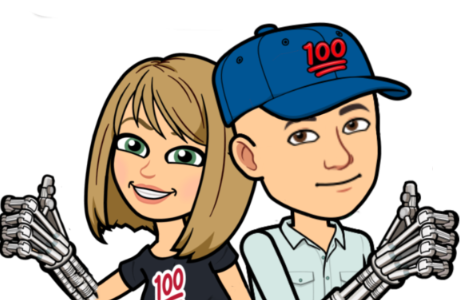
Oh! One more thing...
if you want to go mathematically deep but without losing your mind this video should set you on a good path to get a better sense of how the world is building a digital version of the human visual cortex.






